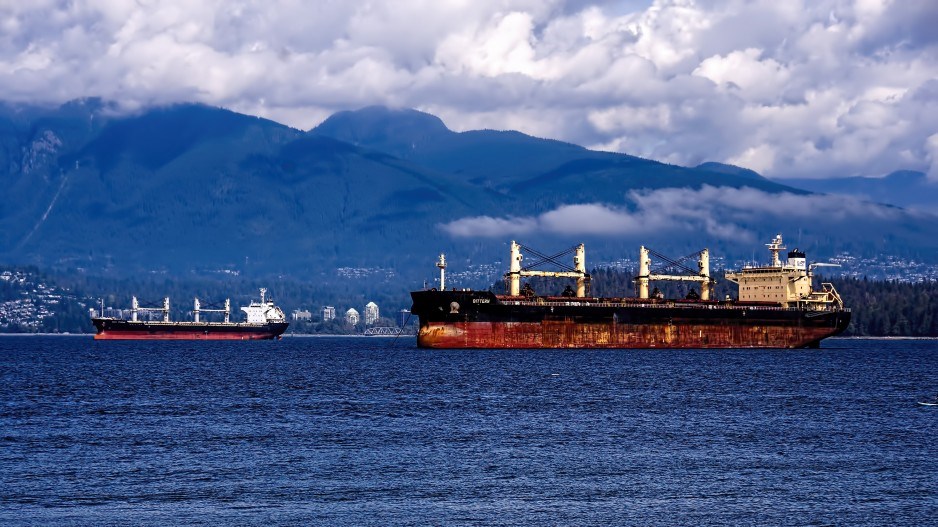As Metro Vancouver’s industrial land crunch intensifies, solutions will be crucial to ensuring the region retains its title as an important global trade gateway.
The region’s industrial land shortage, according to the Greater Vancouver Board of Trade (GVBOT), has “passed the tipping point,” and economic impacts are already being in seen in the form of job losses and companies choosing to relocate to markets like Calgary.
For the Port of Vancouver, this issue is further compounded by its specific trade-enabling needs. Finding new land that can support logistics, warehousing and other light industrial uses will be critical to the health of the port, according to a GVBOT report released last week and commissioned alongside the commercial real estate association NAIOP Vancouver.
“The fact of the matter is we’re a port city. Until consumer behaviour changes and people no longer want overnight deliveries, movement of goods is going to be a primary driver in our market,” said Ron Emerson Jr., vice-president of industrial sales and leasing with commercial real estate firm Cushman & Wakefield.
The Port of Vancouver is Canada’s largest port and the second-largest in North America when taking into account cargo throughput, according to the Vancouver Fraser Port Authority, which manages federal lands and waters within the Port of Vancouver.
In 2020, 4.2 million twenty-foot equivalent units (TEUs) were processed by the port authority. The organization expects that by 2026, this number will reach 10.5 million TEUs, according to a 2020-60 container forecast.
“By the mid-to late-2020s, the Canadian West Coast will not be able to handle the anticipated future growth in trade in containers,” the forecast states.
To support this movement of goods, the port requires land that is suitable for activities related to trade, also called trade-enabling lands. These lands to be flat, next to truck and rail routes and should be within a certain proximity of container terminals, said Jennifer Natland, vice-president of real estate at the Vancouver Fraser Port Authority.
“We use that term to differentiate between just any industrial land, because much of the industrial land in the region wouldn’t actually be suitable for that type of use,” Natland said.
BIV previously reported that the port itself needs 607 hectares (1,500 acres) of land over the next decade, according to a June 2023 interview with Chris MacCauley, executive vice-president at commercial real estate company CBRE.
“Between 1,000 to 1,500 acres of land, suitable for trade purposes, is what we estimate being required to support containerized cargo movements. That does not include estimates for additional waterfront industrial lands to accommodate new marine terminal development,” Natland said.
An example of inefficiencies that can arise from a shortage of trade-enabling land is that of a local expanding green-tech manufacturer, according to the GVBOT report. It did not name the company.
Rather than locate and invest in Metro Vancouver, the manufacturer chose to invest $27 million in Calgary’s market. The result is increased inefficacies as products are shipped back to Vancouver through trucking routes for international export through the Port of Vancouver.
Protecting trade-enabling lands also preserves the jobs that are related directly or indirectly to trade activities, says Natland.
Across all industrial lands, roughly 5.1 million square feet of space has been lost to Calgary over the last 4.5 years, the GVBOT report said. That figure is based on an assessment of companies that actively sought space in the region but chose to invest and locate in Calgary instead.
This led to an estimated loss of 6,300 direct jobs, $477 million in wages and nearly $500 million in gross domestic product for Metro Vancouver as a whole.
“Land use is a particularly hot topic, given what we’re seeing with housing prices in our markets. It’s just no secret that when you restrict expansion, simple supply and demand economics will push pricing up,” said Emerson, who added that it is businesses and consumers who will have to bear this cost.






